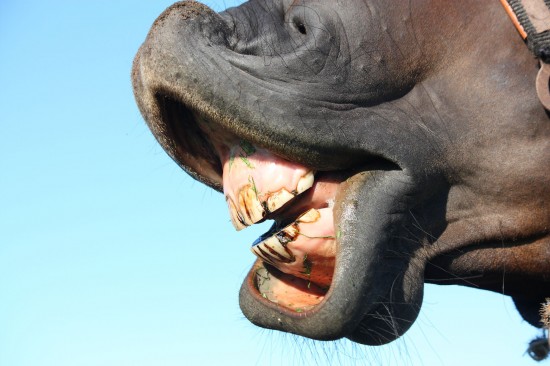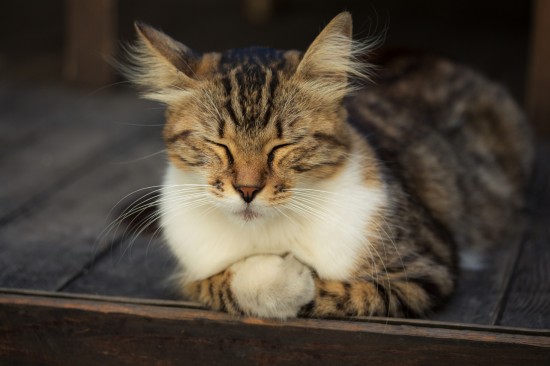
As pet insurance becomes more popular, some insurers try to differentiate their products from the competition by adding more features and benefits. Whilst this can mean greater value for the customer, it can also make pet cover harder to understand.
In an effort to dispel some misconceptions about pet insurance, six common myths are tackled below.
1) I'm limited in which vets I can use
With human medical insurance, many policies restrict policyholders to receiving treatment from particular clinics or even particular doctors. That can be true with some pet insurance policies, but generally there are much fewer restrictions.
2) Policies don't cover preventative care
There's no hard and fast rule when it comes to measures such as vaccinations, check-ups or even dental cleaning for your pet. Some policies do cover this while others don't. Naturally those that do tend to be more expensive, but a lot depends on the attitude of the insurer: paying these fixed costs can help reduce the likelihood of needing to make a claim.
3) Pet insurance must be extremely complicated because animals are all so different
In most cases, this isn't true. Generally a standard policy will cover most common household pets, and you'll only need a special policy for "exotic" pets. A standard policy that covers, for example, cats, will usually cover all breeds. One exception is breeds of dogs covered by the Dangerous Dogs Act -- some insurers specifically exclude these breeds.
4) Pet insurance is just another form of medical insurance
To an extent this is true, but there are some risks that are specific to animals. For example, many policies for dogs cover the risk that you might have to pay damages if your pet damages property or causes a person injury. Unlike human insurance policies, you don't usually have to worry about financial dependents losing out if a pet dies. (Some specialist policies do, however, cover pets that are used as part of a job: charmers are no used without a snake!) But pet insurance does often cover the cost of replacing a pet, which isn't really an option that applies to humans!
5) It's not worth getting pet insurance until a pet is ill
This is a double false economy. Firstly, many policies either exclude or limit the payments for pre-existing conditions, just as with human medical insurance. Secondly, some policies base the premiums on the age of your pet when you first take out the policy and don't automatically increase the premiums as it ages. The savings could mean you don't pay that much more by having the policy for longer -- and of course you get more peace of mind.
6) All pet insurance policies are the same
As well as minor differences such as excess amounts and exclusions, pet policies fall into three very different categories. Annual cover, which has the cheapest policies, means when you make a claim for a particular condition the insurer will only pay out up to a fixed financial limit, or for a period of a year, whichever is reached first. A per condition policy also has a financial limit for each condition, but no time limit. A life long cover policy, which is the most expensive, doesn't place any limit on how often you can claim for a particular condition, or over what period of time; instead it simply places an annual limit on the amount of money you can claim for all conditions.
 Does Your Horse Need Their Teeth Checking?
Does Your Horse N
Does Your Horse Need Their Teeth Checking?
Does Your Horse N
 Rise Above and Choose the Best Chicken Coops for Your Pets
Rise Above and Choose the Best Chicken Coops for Your Pets
Rise Above and Choose the Best Chicken Coops for Your Pets
Rise Above and Choose the Best Chicken Coops for Your Pets
 Dog Breeds With Curly Tails
Dog Breeds With C
Dog Breeds With Curly Tails
Dog Breeds With C
 Shy Shelter Dogs: Step 1
If you have ever volunteered at an animal shelter, undou
Shy Shelter Dogs: Step 1
If you have ever volunteered at an animal shelter, undou
 10 Calming Tips For Anxious Cats
10 Calming Tips F
10 Calming Tips For Anxious Cats
10 Calming Tips F
Copyright © 2005-2016 Pet Information All Rights Reserved
Contact us: www162date@outlook.com